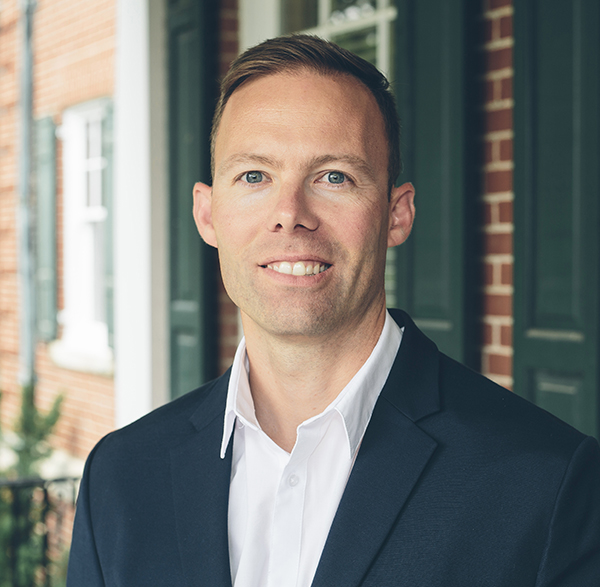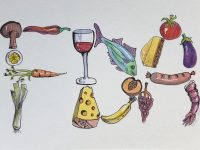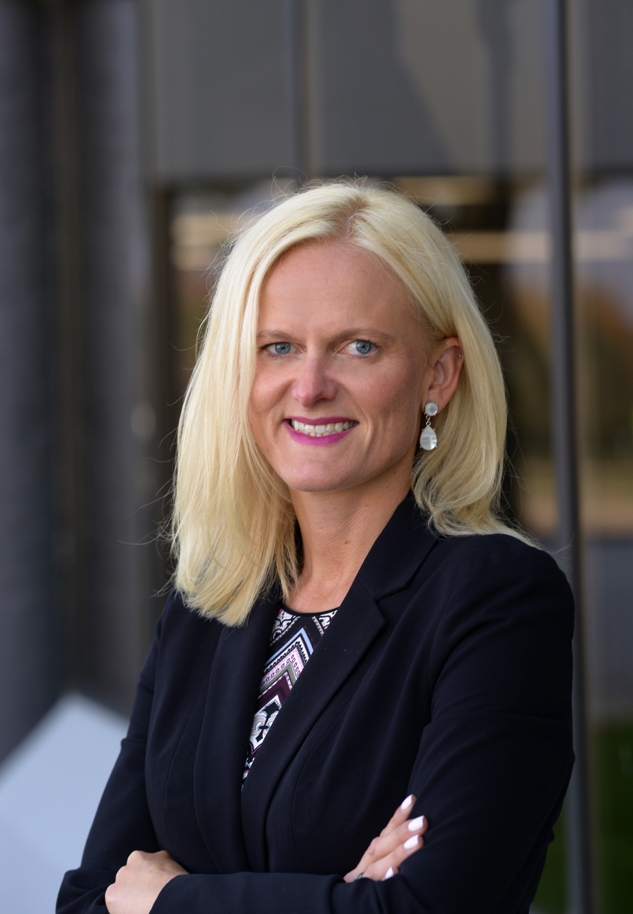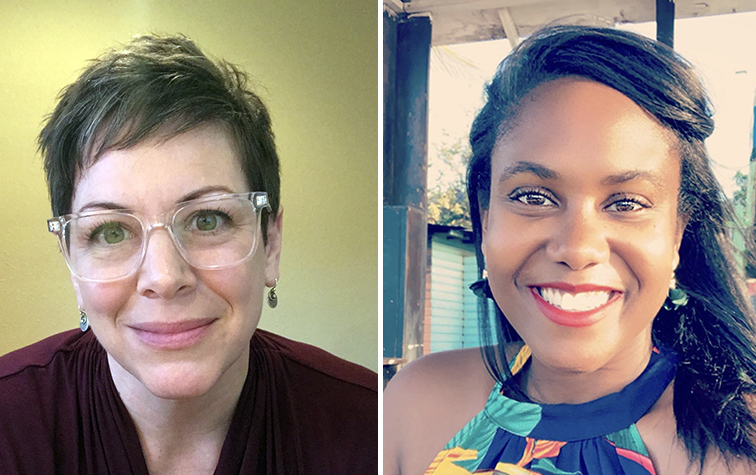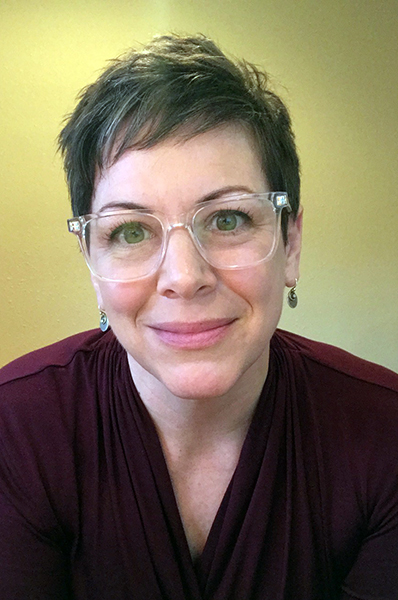A very volatile sector, there are always new trends, opportunities and challenges in the food space, as a multitude of factors—including global climate and geopolitical challenges—can cause supply chain disruptions. Sustainable audits are heightening in demand, in order to validate company claims and provide consumers with peace of mind, as the industry continues to evolve with new ingredients, processes and technologies in play.
Consumers Today Demand Sustainable Practices and Transparency
The shift towards sustainability has further been accelerated by COVID-19, as the pandemic has made for more ethical and conscious consumers. According to research from Forrester, 68% of highly empowered consumers plan to ramp up their efforts to identify brands that reduce environmental impact. While there are numerous audits to measure sustainability and social responsibility, trending focus areas in the food space today are around sustainable packaging, water usage and food waste.
Three Ways Food Processors and Manufacturers Can Reduce Their Footprint
Key players across the food industry are stepping up to the challenge and finding innovative ways to minimize their environmental impact. The following are three ways food processors and manufacturers can reduce their footprint.
- Use Environmentally Friendly Packaging: Food packaging is a major source of waste and pollution. In fact, containers and packaging make up a major portion of municipal solid waste (MSW), amounting to 82.2 million tons of generation in 2018, according to the EPA. Unfortunately, most packaging is designed as single-use, and is typically thrown away rather than reused or recycled. Given the impacts of packaging on the environment, more manufacturers are looking into packaging options that reduce waste and boost sustainability, including wood- and paper-based alternatives. Other manufacturers are developing innovative alternative packaging from biodegradable materials. The same rings true for takeout and grocery delivery, as the demand for home consumption grows, retail and foodservice companies are considering utilizing more sustainable packaging or reduce the use of virgin plastics to offset their impact.
- Increase Energy and Water Efficiency: Food processing and manufacturing are energy- and water-intensive. In fact, according to the World Resources Institute, the 1.3 billion tons of wasted food annually also includes 45 trillion gallons of water. Water conservation methods can be implemented throughout the entire food chain—from selecting more efficient crops, to using less water within processing facilities and ultimately reducing food waste on the backend of the chain.
- Reduce Food Waste: According to the Food and Agriculture Organization of the United Nations (FAO), nearly one-third of food produced for human consumption gets wasted each year. In fact, the carbon footprint of food waste is greater than that of the airline industry. This also includes the waste of resources used to produce the food including water, soil, transportation and labor. By improving processing and manufacturing efficiencies, we can reduce waste and better manage resources. Implementing systems to categorize and assess food waste can help identify areas for improvement and enable your team to develop a plan to correct.
Value-Add of Sustainability
Sustainability provides benefits to the consumer, the manufacturer and society-at-large. The consumer feels better about making a purchase that is not only better for the planet, but that may also provide health benefits to themselves and their families. The Organic Trade Association’s 2021 U.S. Organic Industry Survey highlights this trend, as organic food has the reputation of being better for your health and more sustainable for the planet. Organic food sales were up 12% in 2020, the highest growth rate in this category in over a decade.
Intrinsically, manufacturers with sustainable programs in place feel better about the work they are doing, knowing that they are supporting a better world. Companies that publicize their green programs and back them up with the applicable certifications can also attract top employees, despite today’s talent wars. Employees are zeroed in on corporate social responsibility and desire to work for a company that aligns with their purpose.
As it relates to the bottom line, the common misconception is that the sustainable choice will cost more. However, as sustainable supply increases due to consumer demand, companies are able to source sustainable inputs more affordably. Furthermore, they can communicate their commitments via certification bodies, through public forums and by labeling products based on their certifications. These approaches help reach and educate consumers at different levels—from their initial research of products to purchases from the store shelves.
Key Certifications and Auditing Technology
To reduce their environmental footprint throughout the value chain and implement more sustainable business practices, food companies can move toward a circular economy business model. By renewing, reusing and recycling materials at every stage of the food supply chain, companies can preserve the critical resources that allow their business to flourish.
There are a wide range of services help food producers make the transition to a more sustainable business model. This includes the GHG emissions verification, and management system auditing and certification or training to standards like ISO 14001 (Environmental Management System), ISO 24526 (Water Efficiency Management System), AWS (Alliance for Water Stewardship), ISO 50001 (Energy Management System) and SA8000 (Social Accountability standard), as well as SMETA (Sedex Members Ethical Trade Audit) audits. There are also a range of food sustainability-related product certifications including Organic, MSC, ASC and RSPO.
Auditing technology supports a range of requirements and helps teams set achievable targets. It can be used to analyze packaging materials, categorize and assess food waste, and monitor water usage. Newer auditing technology is now blockchain enabled to assess raw materials and packaging, and to ensure third party partners are also socially responsible. This information is packaged into a blockchain solution so that food companies can be confident that the auditing information is correct and secure. Furthermore, this technology provides the added visibility into their network should they have a recall.
How To Initiate or Ramp Up Your Sustainable Programs
For companies interested in kicking off a sustainability program, or branching into new levels of sustainability, a great place to start is training, in order to understand the audit standard. Early on in this process, ensure all parties are onboard and aware of the certification process and related costs—from managers who will be implementing the program daily to board level executives providing the final sign off. Doing this helps allocate sufficient time and resources and avoids surprises down the road.
It’s helpful to work with a third-party consultant through this process, as they are able take a birds-eye-view look to identify gaps in the program and help you achieve specific certification requirements that meet your unique food product needs. If your team works with a consultant to put together a plan that includes auditing, testing, inspection and certification, the right partner can verify that the program meets all the requirements necessary for the certification.
To keep your program running efficiently, arrange regular trainings for employees to stay up to date on the latest requirements and fill any gaps. For more specialized programs, it’s also a good idea to set aside standalone training sessions to avoid information overload.
As the industry continues to innovate, there will be more ways to reduce waste throughout the entire supply chain and build more efficient business models that are better for the company, consumers and the planet. Looking ahead to next year and beyond, the trend towards sustainability and transparency will press on. Ultimately, companies that take the extra steps to be more sustainable are setting a higher standard for industry and supply chain partners and building a pathway for long-term success.

